Packages & Tutorials
Engineering Files & Tools
Software
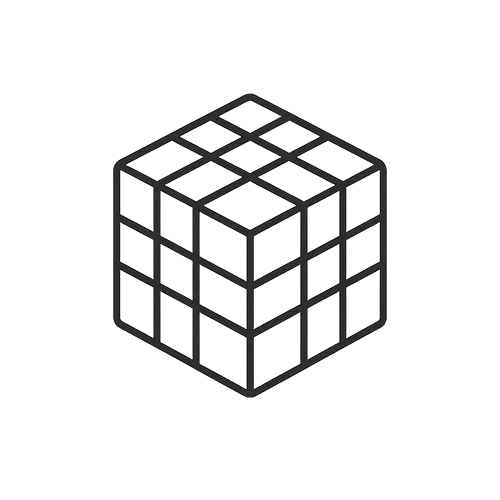
Ready-to-use Models (FEA/CFD)
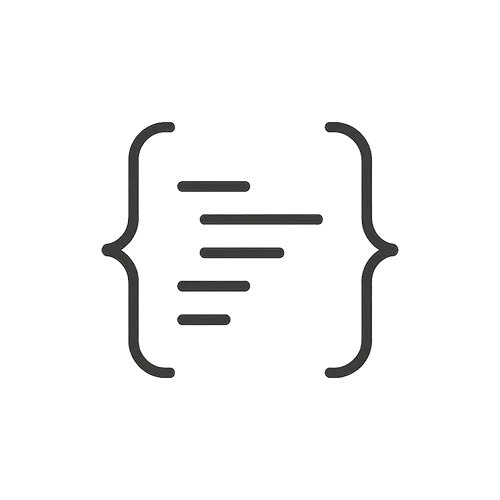
Excel Sheets & Hand Calculations
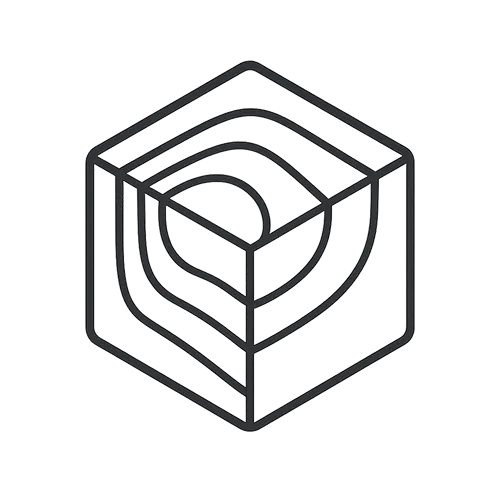



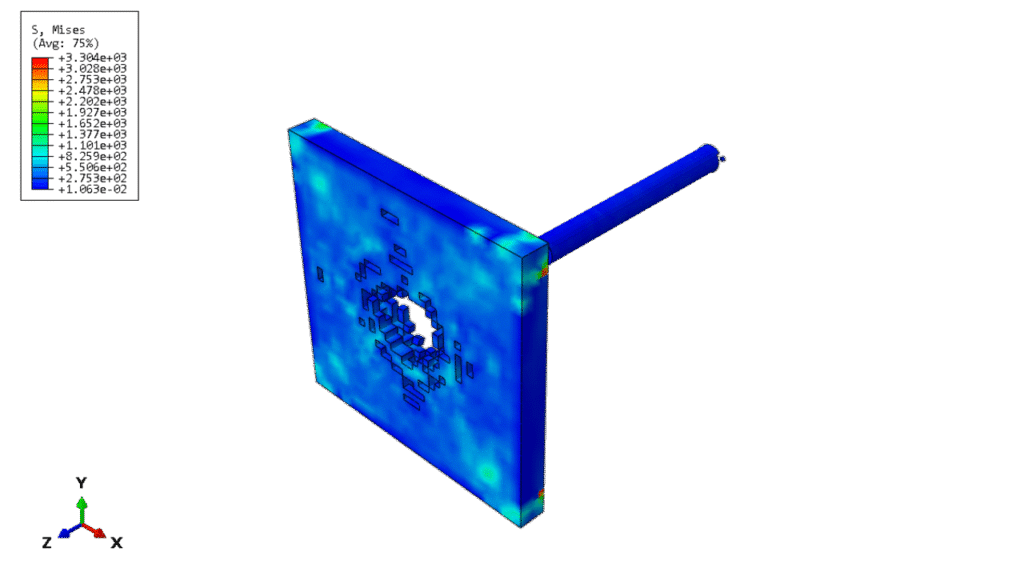
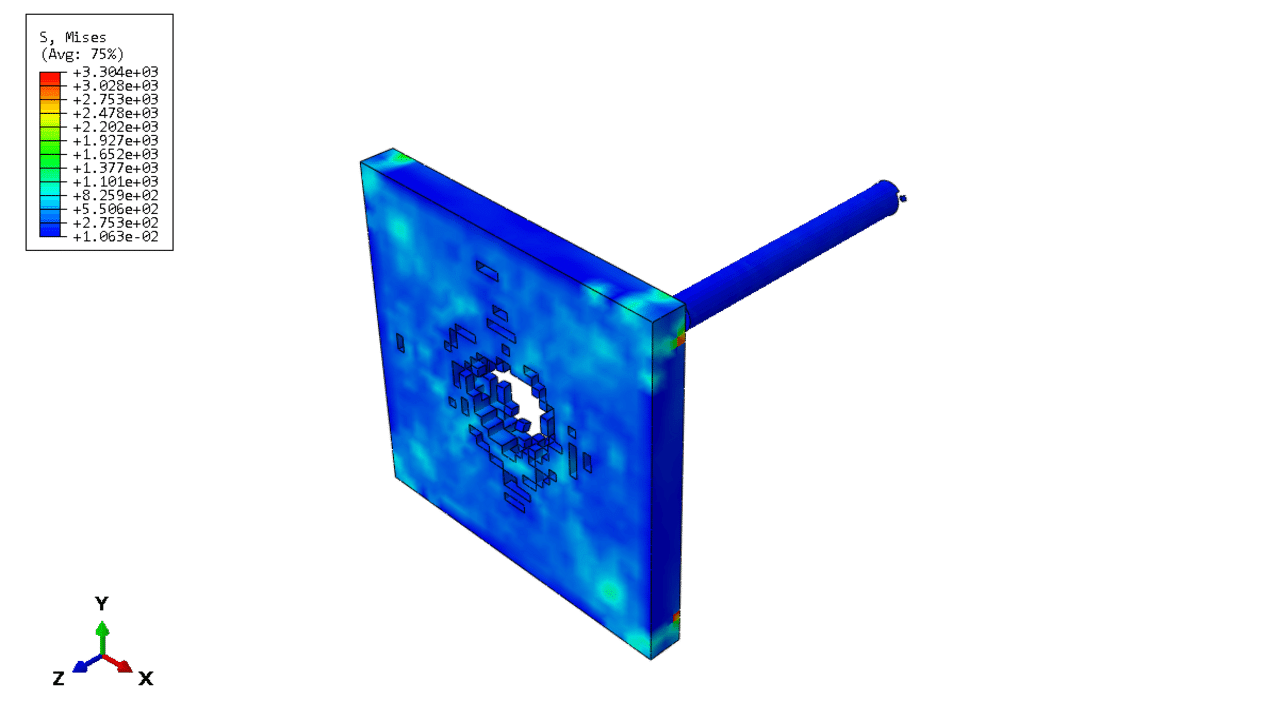
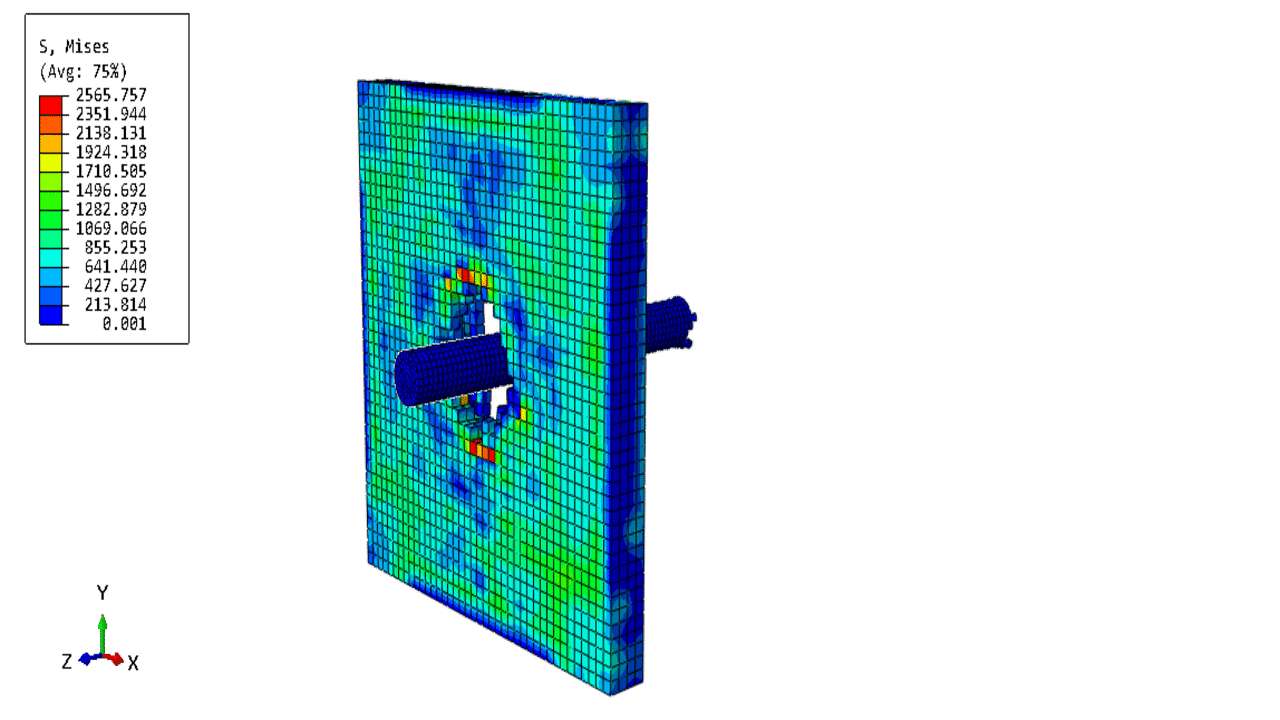
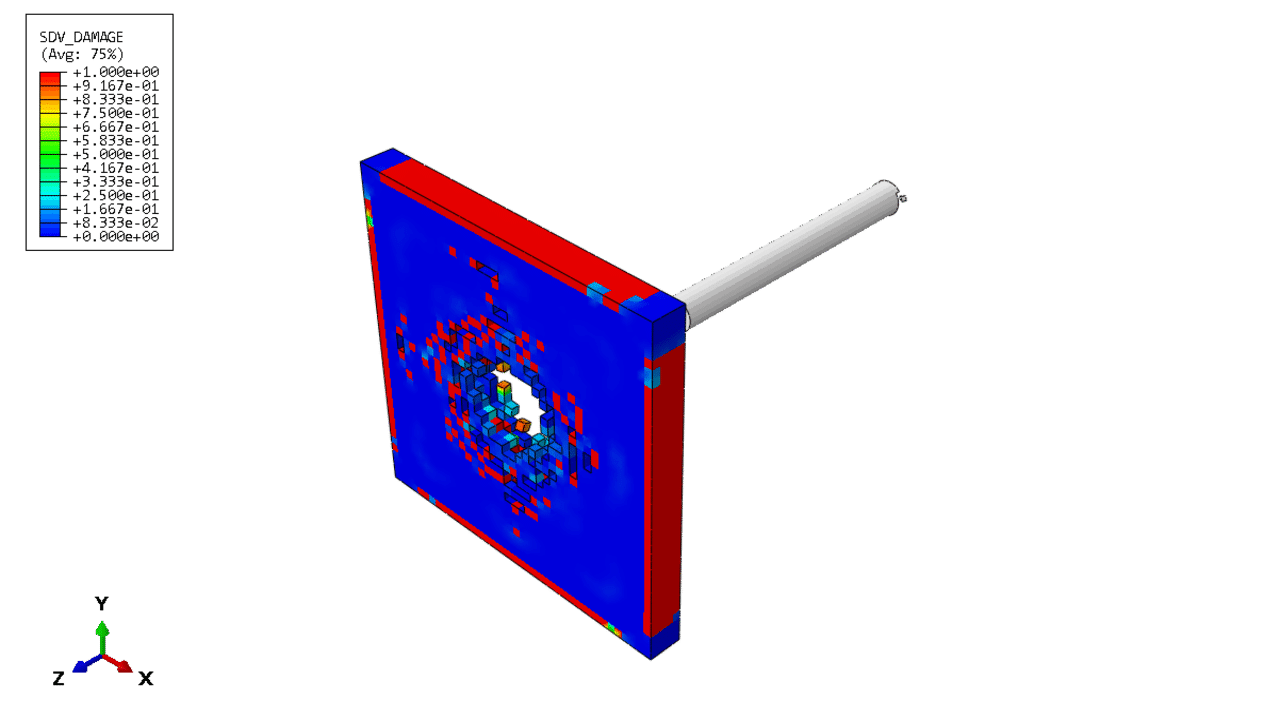
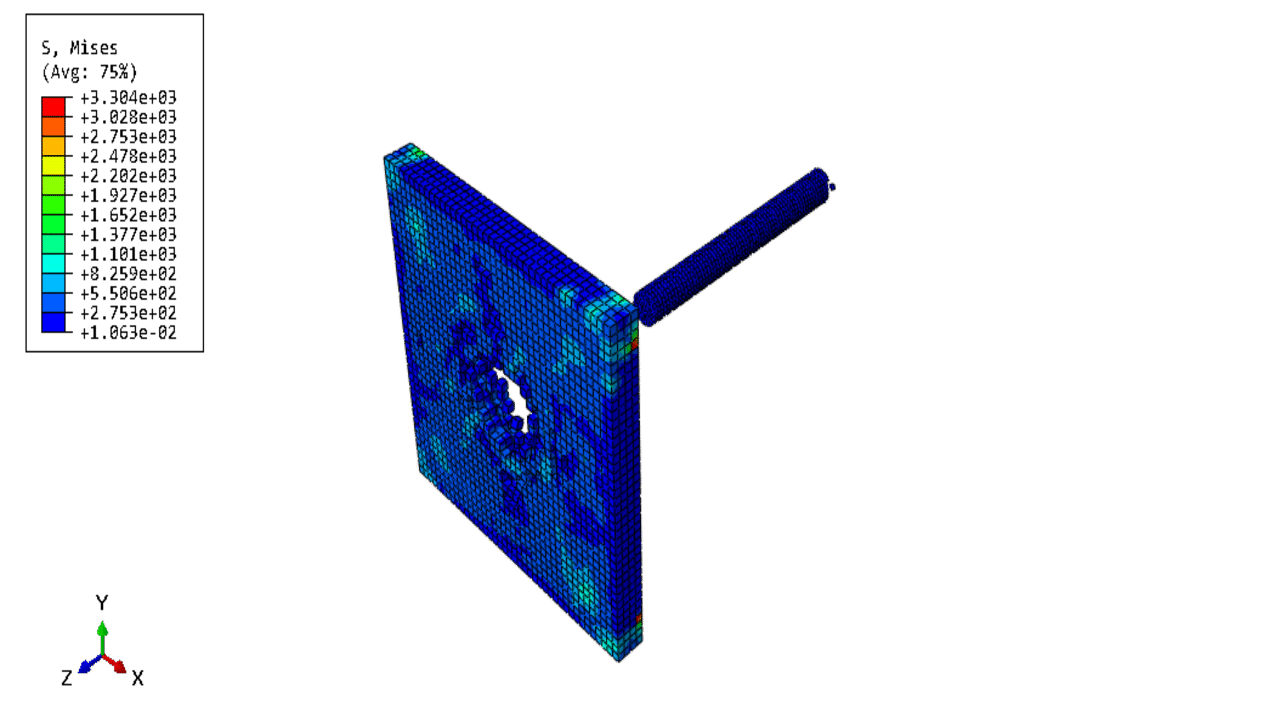
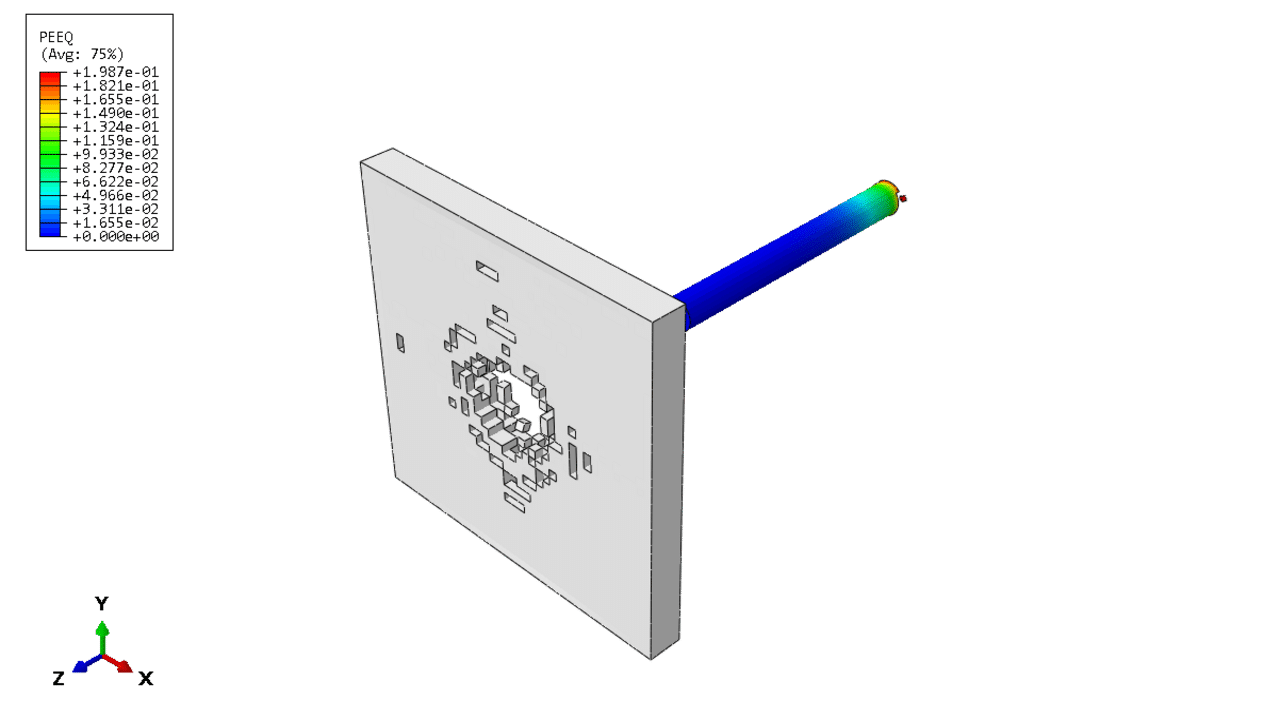
Product Overview:
In this video Simulation high-velocity impact of a ceramic target with Johnson–Holmquist material model has been studied. Ceramic materials are commonly used in armor protection applications. In recent years Johnson, Holmquist, and their coworkers have developed a series of constitutive relations to simulate the response of ceramic materials under large strain, high-strain rate, and high-pressure impacting conditions. In this example the JHB and JH-2 material models are explored to investigate the penetration velocity of a gold projectile impacting on a silicon carbide target. The computed results are compared with published results given by Holmquist and Johnson. The target material is silicon carbide. This material is very hard and mainly used under compressive load conditions and can only sustain very little tension. Typical applications include bulletproof vests and car brakes due to its high endurance. The strength has a dependence on pressure. In high-speed impact applications, damage to the material plays an important role in the evolution of the strength. The totally failed silicon carbide will not sustain any load. The projectile is gold, which is soft compared to the target material.
This tutorial revolves around simulating a gold projectile impacting a ceramic target at high speeds. You will learn to:

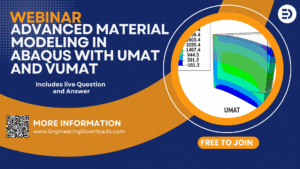
Dynamic
€1,00 €0,00
See more

Want to receive push notifications for all major on-site activities?